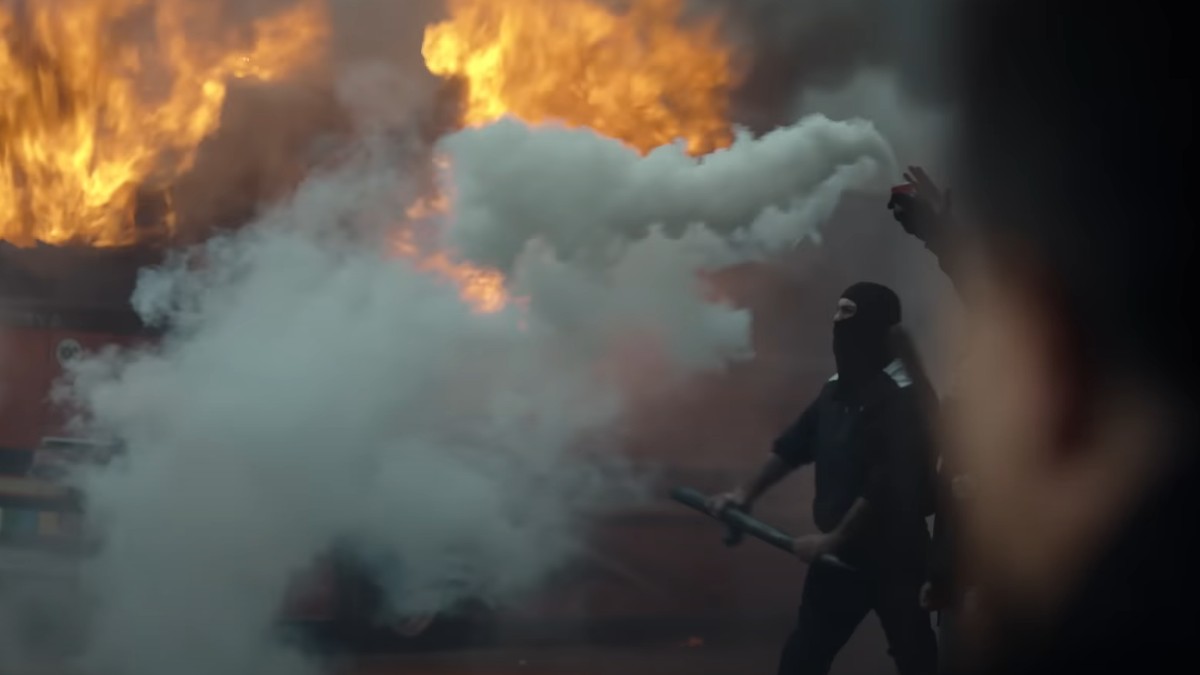Suburræterna opens to scenes of chaos in the streets of Rome. It certainly makes for evocative, compelling imagery, but given the series is set in 2011, is there any historical basis for the violence? Here’s the background to the riots portrayed in Suburræterna.
The Real-World History Behind Suburræterna’s Protests
The series portrays a new turf war for the criminal underbelly of Rome, which takes place in 2011. At various points, it speaks to wider social issues, including conflicts between residents and refugees. However, the riots form the backdrop for the political drama — and they are based on true events.
As part of the Occupy movement, on October 15, 2011, a series of protests took place around the globe, demonstrating against growing inequality and general dissatisfaction towards governments. Though the demonstrations were largest in Spain, people took to the streets in many other countries. In Italy, the protests were driven by factors including high unemployment and austerity measures that had driven up taxes and the costs of essential services.
It has been estimated that around 200,000 participated in the Roman protests, which turned violent when a large group of black-clad agitators joined the crowds and began destroying property. Cars and buildings were set on fire, leading to clashes between the agitators and both the police and the otherwise peaceful protestors. In the end, the damage bill from the violence was estimated to exceed $1.5 million, with at least 135 demonstrators and 105 police staff injured. As a result, 13 arrests were made, all of them under 30 years of age.
How Do the Riots Affect the Story?
The riots are the inciting incident of Suburræterna. They disrupt a meeting of the Bonatesta family and later spur returning Suburra: Blood on Rome character Amedeo Cinaglia to propose an initiative to help dispel the discontent. Cinaglia’s proposal is the erection of a stadium, “The New Colosseum.” Though recognizing it as the “bread and circuses” approach excoriated by Juvenal in the 1st century AD, the city’s powerbrokers offer broad support of the plan, with the notable exception of Ercole Bonatesta.
However, to put his plan into action, Cinaglia requires the support of Cardinal Nascari’s Foundation. Ercole gets there first, though, with his man in the Vatican, Cardinal Tronto, seizing control of the Foundation. At the same time, Ercole rams through the City Council legislation that allows for the eviction of the Anacleti family, inflaming Spadino’s desire for vengeance against those who have wronged his family.
The impact of the riots continues to burble away in the background of Suburræterna, with the discontent generally serving to aid Ercole’s machinations.






Published: Nov 29, 2023 07:26 am